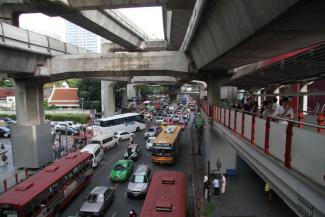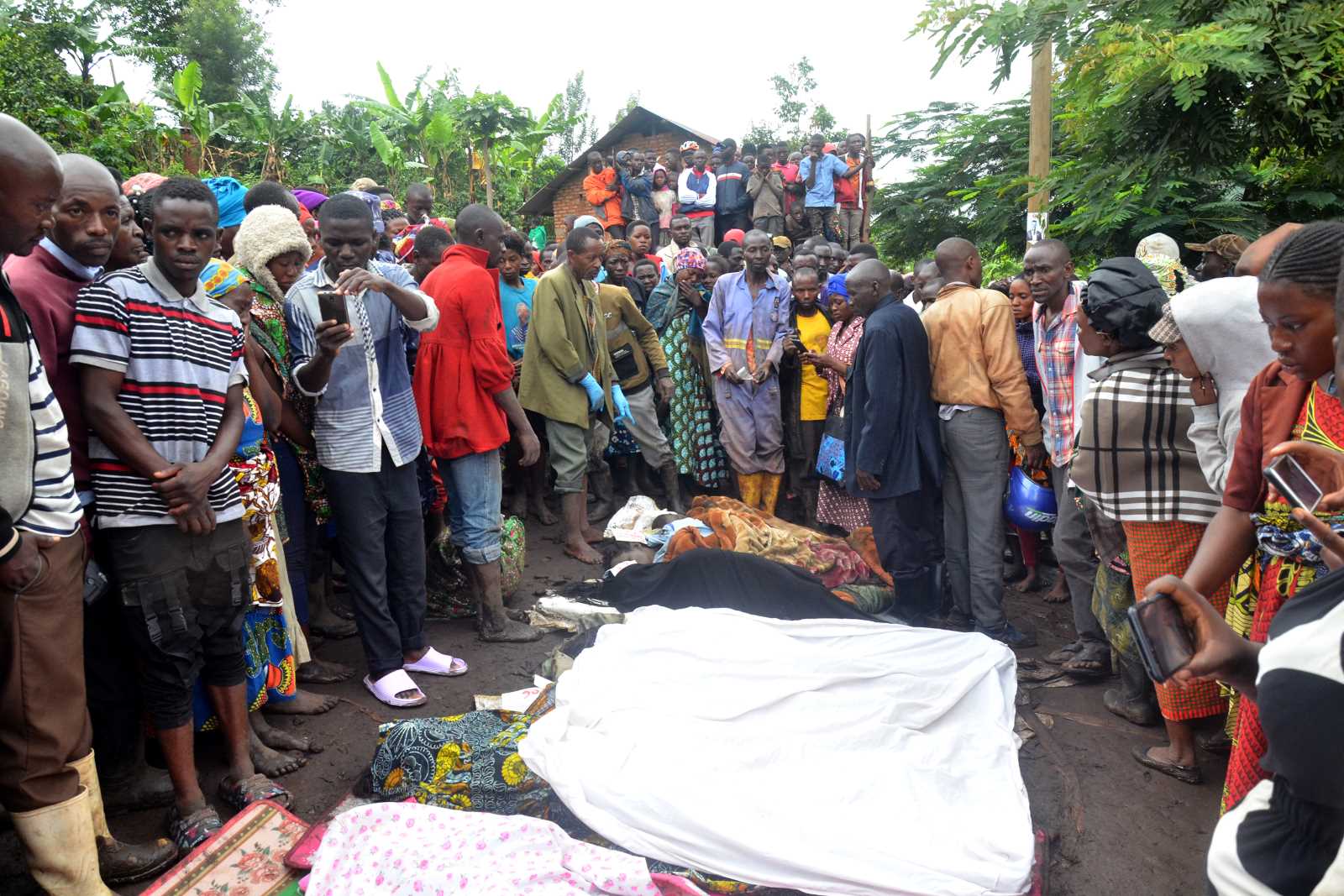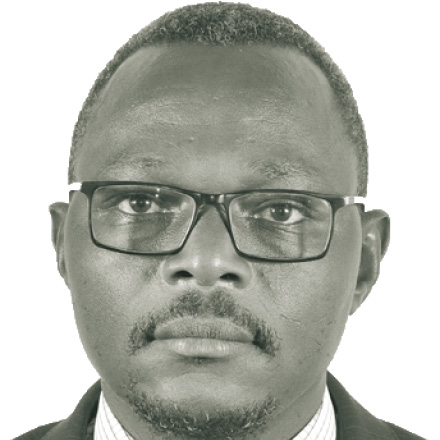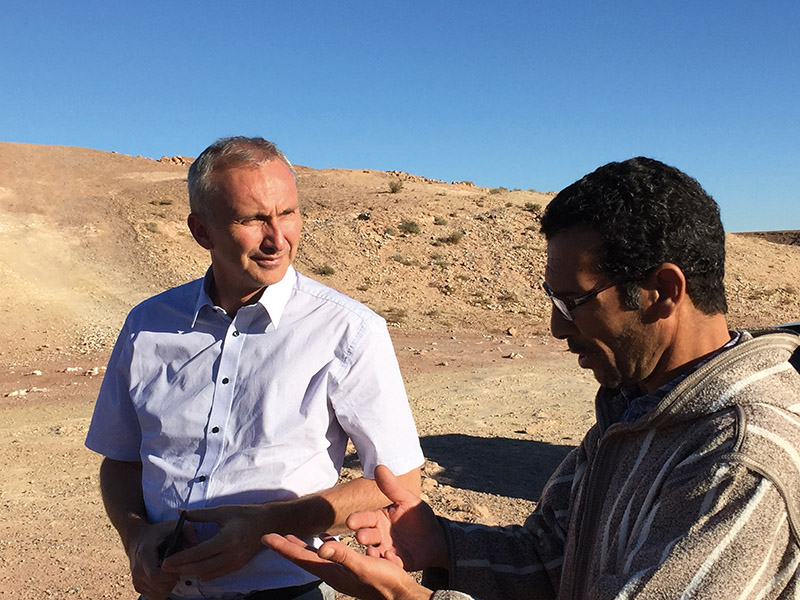Bus Rapid Transit
Most affordable

It is a daily ordeal for Bangkok commuters to crawl – bumper to bumper – through clogged city streets, and the number of cars keeps rising. According to the TomTom Traffic Index 2016, Thailand’s capital is one of the most congested cities in the world. Its congestion level averages 57 % throughout the day, so it is second placed in the overall global ranking. If one only considers evening peak traffic, the figure rises to an unparalleled 114 %, which means that journeys take twice as long as they would without congestion.
Many working people cannot afford expensive apartments in downtown Bangkok. They live in peripheral neighbourhoods. The daily commutes are long, and people spend hours in the car. Parents look for nursery schools close to where they work so the time they spend in traffic jams is at least time they spend with their children. Family breakfasts take place in cars, and so do the day’s important conversations. Even mobile toilets are in use.
To get a grip on the road chaos, Bangkok introduced a BRT system in 2010. The main advantage is that the buses use a lane that is closed to other vehicles, so congestion does not affect bus services. Level-access bus stops help people to get on and off fast. Service quality benefits from features such as electronic displays at bus stops showing bus arrival times.
The various measures are meant to make the BRT system fast, convenient and reliable. Accordingly, it can compete with rail-based local public transport systems.
The big advantage of BRT systems is that they are considerably cheaper to set up than metropolitan railways, which need a track system to be laid out, or underground railways, which require expensive tunnels to be dug. Per kilometre, a BRT route generally costs no more than 10 % of what an underground railway route would cost, and 30 to 60 % of what a tram route would cost. BRT is particularly interesting for poorer regions – provided the road space is available.
China the world leader
China is the world’s leading country in terms of investment in BRT systems. In 1999, it introduced Asia’s first BRT system in Kunming, the capital of Yunnan Province. With Swiss help, separate bus lanes were built, and as a result, the average bus speed almost doubled from 10 to 18 kilometres an hour. According to the Institute for Transport and Development Policy (ITDP), 538 kilometres of busway were added to the original 14 kilometres from 2004 to 2014.
Over the same period, BRT systems spread worldwide. The ITDP reports that there are now 2,580 kilometres of BRT corridors, of which 1849 kilometres were built between 2004 and 2014. Figures continue to rise.
But the BRT was not invented in Asia. The birthplace was Latin America. Curitiba, a Brazilian city that had grown rapidly since the 1960s, first created what was essentially a BRT network in 1974. The initiator was an architect, Jaime Lerner, who was the city’s mayor at the time. The original plan was to build an underground rail system and widen the roads in order to accommodate growing car traffic. But implementing that plan would have taken decades and cost a great deal of money, so Lerner had the idea of creating special bus lanes on Curitiba’s main roads with stops in the centre of the roadway. “When you have little money, you learn to be creative,” the mayor remarked.
The BRT concept in Curitiba included suburban feeder services, connecting peripheral neighbourhoods with the downtown express bus services. All BRT bus stops had raised platforms for level access, which made the system as fast and convenient as rail-based transport systems – at a fraction of the cost. According to a study by Leroy W. Demery, 70 % of commuters used the bus system in Curitiba in 2004 even though car ownership is above the national average.
In the 1970s, significant BRT construction work was undertaken in Brazil and the United States. But the real breakthrough came in 2000 with the opening of the TransMilenio in Bogotá, Colombia’s capital with a population of 7 million people. It proved that a BRT was a serious alternative to building an underground or metropolitan railway.
Various ideas had previously been floated for tackling the city’s crippling traffic problems. But plans for an underground railway and for elevated urban expressways proved impossible to implement. Under Enrique Peñalosa, who was elected mayor of Bogotá in 1998, it was decided instead to build the TransMilenio.
The first phase of the project was completed within just three years in December 2000. Since then, the TransMilenio has been steadily extended. Originally is was 14 kilometres long; now it comprises more than 115 kilometres of busways. The number of passengers has risen to around 2million a day. However, the TransMilenio has now reached its limits (see box).
South-north transfer
In time, a growing number of OECD countries – including Australia, Canada, Germany, France, the UK and Japan – recognised the economic benefits of BRT mass transport. The introduction of BRT systems in cities of the developed world was one of the most notable technology transfers from south to north.
In Bangkok, however, the BRT system was controversial from the outset. The reason was that lanes on some of the city’s busiest roads were closed to general traffic and reserved exclusively for BRT vehicles. The buses could pass unhindered, but congestion became worse for other road users. On the other hand, separate bus lanes were only introduced on roads with at least three lanes, so the buses lose their advantage at certain points and must join the queues of general traffic.
After only six years in operation, the future of the BRT in Bangkok hangs in the balance. It has failed to reach the target of 30,000 passengers a day. The number of people using the service averages around 18,000, and the system has accumulated losses worth of nearly $ 30 million since 2010. In early July this year, the city council decided to set up a committee to make proposals concerning the BRT’s future within 120 days.
Nicholas Hollmann holds a PhD in transport planning and worked at the International College at King Mongkut’s Institute of Technology in Bangkok from 2010 to 2014.
nicholas.hollmann@gmx.net
Links
TomTom Traffic Index:
http://www.tomtom.com/en_gb/trafficindex/list
Institute for Transportation and Development Policy:
https://www.itdp.org/bus-rapid-transit-nearly-quadruples-ten-years/
Demery Jr., L. W., 2004: Bus Rapid Transit in Curitiba, Brazil - An information summary.
http://www.publictransit.us/ptlibrary/specialreports/sr1.curitibaBRT.pdf
TransMilenio:
http://www.transmilenio.gov.co/en/articles/history














